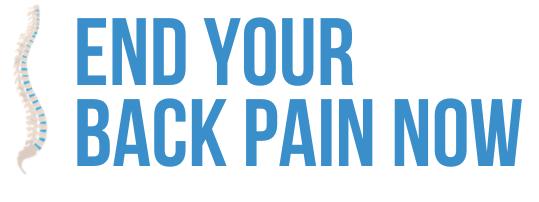Kyphosis and lordosis refer to the types of natural curves that you have in your spine.
Your lumbar spine (lower back) and cervical spine (neck) have a natural “lordosis”, while the middle of your back has a natural “kyphosis”.
Kyphosis is completely normal to have in the middle of your back, but, just like pelvic tilt, EXCESSIVE kyphosis can create problems.
The excessive curve in the upper back, combined with rounded, slumping shoulders, creates not only a significant postural distortion, but also a long list of upper body symptoms,
including, but not limited to:
- Shoulder impingement
- Altered breathing function (which can create a WHOLE of
list of issues itself!) - Chronic tension in the muscles in the back of your neck
and shoulders - TMJ
- Thoracic outlet syndrome
This is a just a short list of the major issues that can occur as a result of an excessive kyphotic curve.
Correcting this postural issue can be either a simple task, or one that takes an in-depth analysis of why it is happening, specific corrective exercises and usually neuromuscular therapy techniques for long term
correction.
However, there are 2 fundamental exercises that must be introduced to start correcting this postural distortion:
- Standing postural correction:
Since it is a postural issue, which is a “learned behavior”, part of
correcting it must include behavioral intervention. That means that the more
you manually correct your posture, the faster the position will become
ingrained in your nervous system. Here is what you need to do: First,
imagine you have a helium balloon attached to each of your chest muscles, and
they are pulling your chest up toward the sky. This movement will assist with
reversing some of the kyphosis. Next, gently pull your shoulder blades BACK
and DOWN. This encourages lengthening the muscles in the front of your body
that are pulling you down, and strengthening the postural muscles that will
lead toward long term correction.
When doing postural correction, the key is reps. I’ve been known to instruct my patients to get a watch with an alarm on it, and set it to go off every hour on the hour. With an average of 16 corrections per day, this can really accelerate the correction procedure.
The Prone Extension Exercise: This is by far my most favorite postural correction exercise.
Here is how to do it:
- Lay face down on the floor, with your arms at your
sides, palms face down. - Put your feet together.
- Squeeze your butt muscles together.
- Lift your chest up as high as you can comfortably go.
- Lift up your arms, while simultaneously EXTERNALLY
rotating them (the direction that feels MORE difficult to do is the correct
one!), and squeeze your shoulder blades both together, and downward toward the
middle of your back. - Look straight in front of you (which means you will be
looking straight to the ground) so that your head is in alignment with the
rest of your body.
The best way to start doing this kyphosis exercise is to hold the position for 10 seconds, then rest for 10 seconds. Repeat up to 10
times.
–Sam Visnic
